
Stretching across the skies with wingspans that defy imagination, some birds command the air with sheer size. These avian giants exhibit remarkable adaptations for flight, which enable them to traverse vast distances and diverse terrains. Prepare to be amazed by the grandeur of these 10 airborne titans.
Wandering Albatross
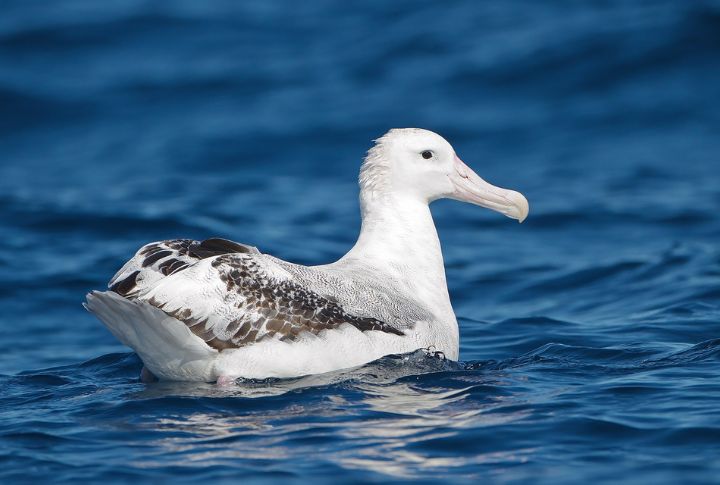
No other bird glides farther with a wider reach. Topping out at 12.1 feet, the wandering albatross’s wings lock into place mid-flight, reducing muscle fatigue. It circles Antarctica with ease, often covering over 10,000 miles without landing. That’s not a commute—it’s a transoceanic marathon.
Great White Pelican

Among freshwater giants, this pelican stretches up to 11.8 feet across. Its hunting style is all about teamwork, with entire flocks working together to herd fish into shallow waters. The enormous throat pouch hauls multiple pounds of prey in a single dive. Such teamwork feeds colonies numbering in the thousands.
Andean Condor

Have you ever watched shadows sweep across the Andes at 15,000 feet? Often, that’s a condor. With wings spanning nearly 11 feet, it rides thermals for hours without flapping. Carrion may not be glamorous, but its cleanup keeps the ecosystem balanced, especially in remote terrain few predators dare traverse.
Marabou Stork

You might spot it stalking landfills with wings folded like a hunched cloak. But in flight, this scavenger unfurls a staggering 12-foot span. Despite its grim appearance, the marabou plays a vital ecological role—removing waste, limiting disease, and reducing pest populations where other birds won’t dare.
Dalmatian Pelican
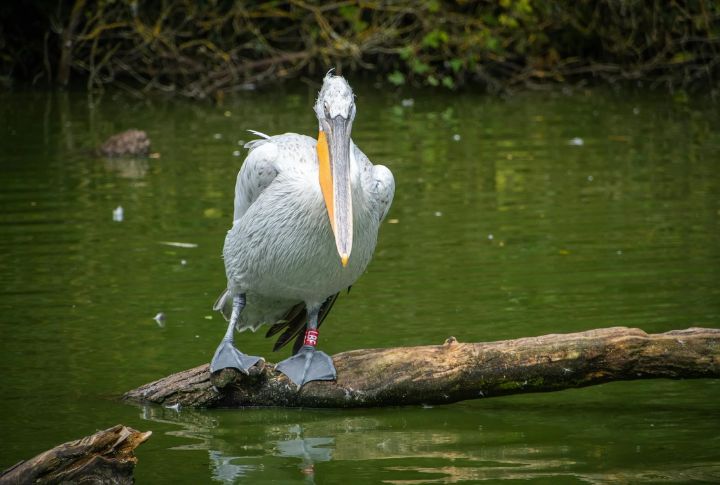
With a wingspan exceeding 10 feet, it moves through the air with graceful ease. Native to Southeastern Europe and Central Asia, the Dalmatian pelican’s curling crest and orange-red bill turn heads during mating season. On calm lakes, their synchronized swimming and fishing are as calculated as a ballet ensemble.
California Condor
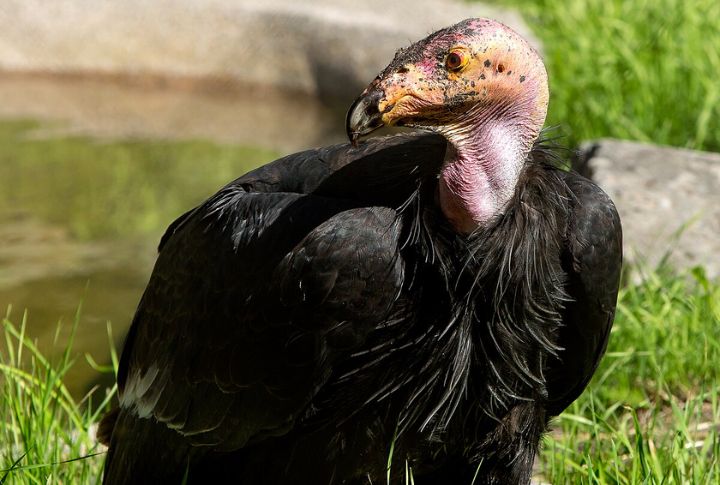
Only 27 remained by 1987. Today, over 300 soar the American Southwest, thanks to aggressive conservation. Stretching nearly 10 feet tip-to-tip, the California condor dwarfs most native birds. Its slow wingbeats resemble gliders, and this gives it hours of flight on warm canyon air with minimal effort.
Himalayan Vulture
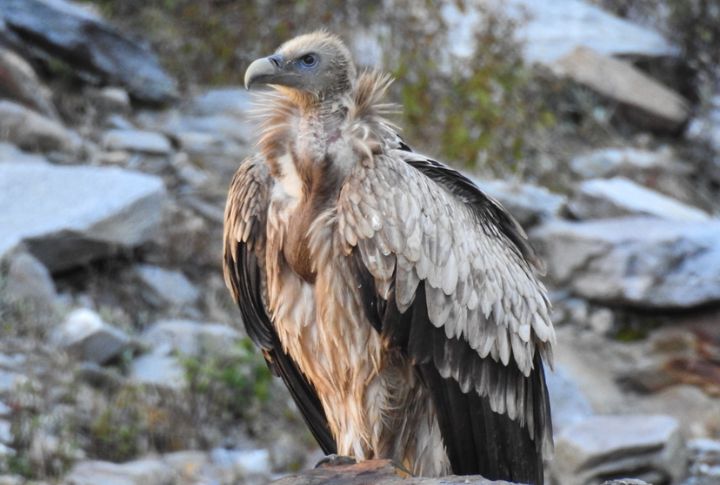
High above yak trails and frozen passes, these vultures dominate the skies with spans exceeding 10 feet. Specialized hemoglobin helps them survive oxygen-thin altitudes. They also don’t just survive the Himalayas—they master them. It’s not unusual to see one surveying valleys while barely moving a feather.
Cinereous Vulture
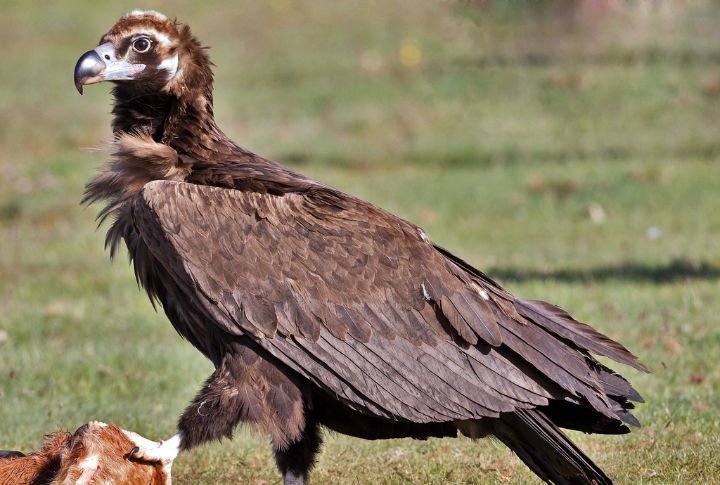
Built like a linebacker, this vulture has a wingspan reaching up to 10 feet and can weigh around 31 pounds. While not swift, it’s a sentinel above steppes and mountain ranges. Its territory can stretch beyond 100 square miles, which it surveys with steady, powerful wingbeats.
Trumpeter Swan

A low hum precedes its arrival, but that trumpet-like call gives this swan its name. Wings stretch about 8 feet, often seen gliding in V-formations across North America. Their migratory flights span thousands of miles, with pinpoint memory guiding them to the same marsh year after year.
Kori Bustard
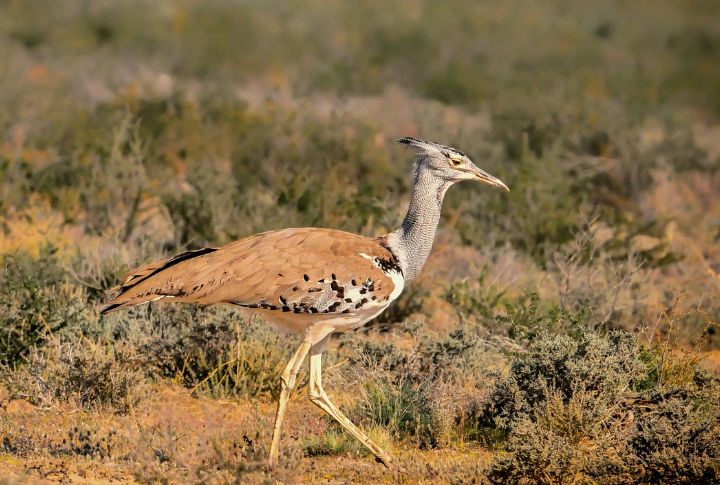
Earthbound by preference, this African native doesn’t waste energy. When it does lift off, its 9-foot wingspan pushes the limits of flight physics. One of the heaviest flyers alive, the kori bustard’s bulk demands a running start, then a breathtaking launch that silences predators and awes onlookers.

